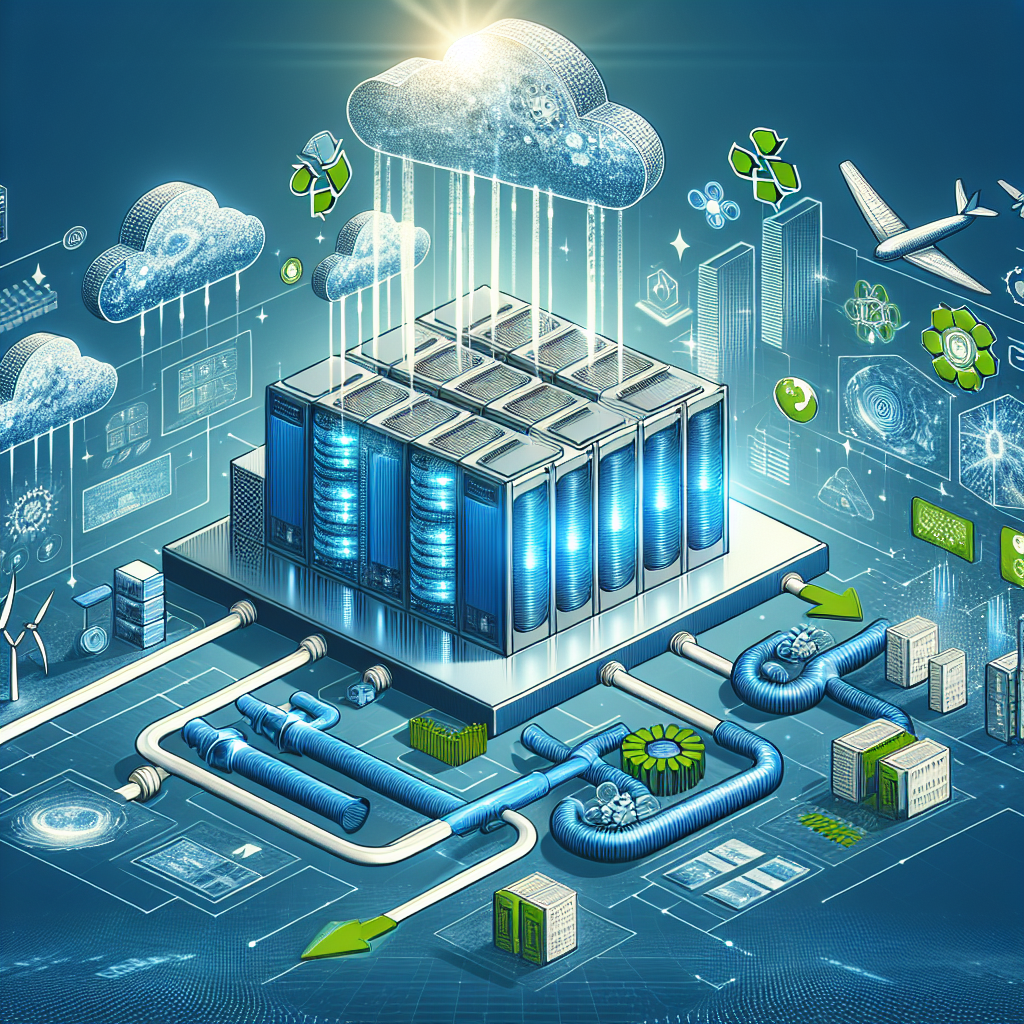Innovations in Data Center HVAC Technology: Improving Performance and Sustainability
As the demand for data storage and processing continues to grow, data centers are becoming increasingly essential in our digital world. However, these centers also consume a significant amount of energy, with cooling systems accounting for a large portion of this consumption. In order to address this issue, there have been significant advancements in data center HVAC (Heating, Ventilation, and Air Conditioning) technology to improve performance and sustainability.
One of the key innovations in data center HVAC technology is the use of economizers. Economizers allow data centers to take advantage of outside air to cool the facility, reducing the need for mechanical cooling and saving energy. By using economizers, data centers can significantly lower their energy consumption and operating costs, while also reducing their carbon footprint.
Another innovation in data center HVAC technology is the use of variable refrigerant flow (VRF) systems. VRF systems use advanced technology to precisely control the flow of refrigerant to different areas of the data center, providing more efficient and targeted cooling. This not only improves the performance of the HVAC system, but also reduces energy consumption and operating costs.
Additionally, data centers are increasingly adopting liquid cooling systems to improve efficiency and sustainability. Liquid cooling systems use water or other liquids to remove heat from servers and other equipment, providing more efficient cooling compared to traditional air-cooled systems. By using liquid cooling, data centers can reduce energy consumption, lower operating costs, and improve the overall sustainability of their operations.
Furthermore, advancements in data center design and layout are also contributing to improved HVAC performance and sustainability. By optimizing the layout of servers and cooling equipment, data centers can minimize airflow restrictions, reduce hot spots, and improve overall cooling efficiency. Additionally, by using innovative cooling technologies such as hot aisle containment and cold aisle containment, data centers can further improve airflow management and reduce energy consumption.
Overall, the innovations in data center HVAC technology are helping to improve the performance and sustainability of these critical facilities. By implementing economizers, VRF systems, liquid cooling, and other advanced technologies, data centers can reduce their energy consumption, lower operating costs, and minimize their environmental impact. As the demand for data centers continues to grow, it is essential that these facilities continue to adopt innovative HVAC solutions to meet the challenges of a rapidly evolving digital landscape.


